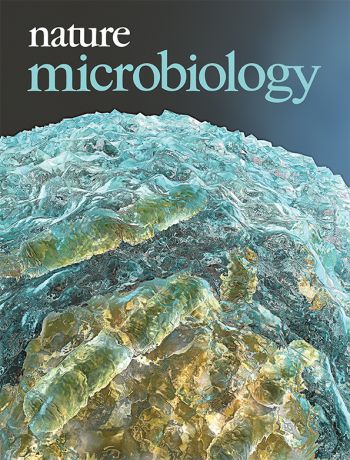08 May 2017 - Linear ubiquitination controls Salmonella growth.
A team around Ivan Dikic and Mike Heilemann (Chemistry Department, Goethe University) gained unprecedented insight into the mechanism by which cells fight Salmonella infections. Upon intracellular invasion, bacteria are usually rapidly surrounded by a coat of ubiquitin, the function of which remained unclear until now.
Combining super-resolution microscopy with cell biological analysis, the researchers now discovered that distinct ubiquitin chains transform the bacterial surface into a molecular signalling platform. They were able to visualize the nanoscale distribution of different ubiquitin chains on the bacterial surface.
One chain type, so called linear chains, specifically triggers pro-inflammatory signalling cascades, thereby restricting bacterial proliferation. In addition, the researchers identified the deubiquitinase OTULIN as a regulator capable of limiting this reaction – a very important notion considering the fact that excessive inflammation is one of the major causes of tissue damage following bacterial infection.
In collaboration with colleagues from Japan, the Frankfurt researchers now published their results in the latest online issue of Nature Microbiology. Their work is an excellent example for interdisciplinary collaboration and was enabled by funding of several large research networks, e.g. the Cluster of Excellence Macromolecular Complexes, the CRC 1177 on selective autophagy and the LOEWE ubiquitin network. The discovery paves the way for many new projects. Very recently, Ivan Dikic obtained one of the prestigious ERC Advanced Grants in which he will investigate the role of ubiquitin in modulating the host-pathogen interaction in more detail.
Image: Ella Maru Studio, Cover Design: Karen Moore.
